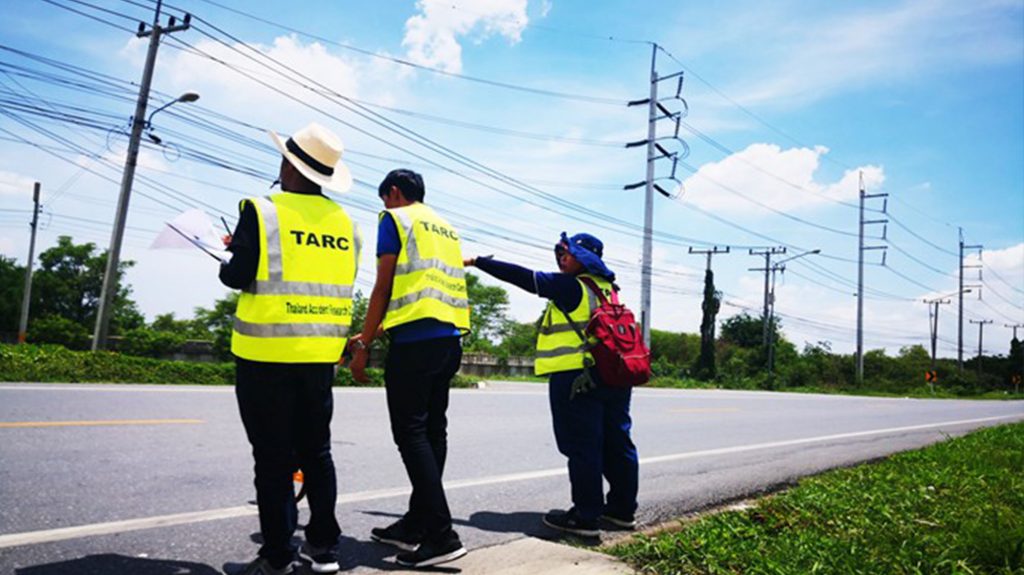By Kanda Yaemboonruang
Associate Professor Dr. Kunnawee Kanitpong, director of the Thailand Accident Research Center (TARC) and faculty member in the Transportation Engineering program at the Asian Institute of Technology, advises holidaymakers in Thailand to avoid speeding during and after New Year’s.
Studies by TARC show that the maximum safe speed for motorcycles is 80 km/h, while cars should maintain a speed of 100 km/h or lower on the nation’s highways. Casualties are highly likely when motorists push their vehicles beyond these speeds.
Research conducted during the dangerous 7-day holiday period shows that the majority of road accidents take place on alternative or secondary routes as travelers aim to avoid heavy traffic and cruise at a higher speed. However, along these routes, road signs are often not clear and road surfaces are usually substandard leading to a high risk of accidents causing injuries and deaths when coupled with high speed.

The second leading cause of accidents in Thailand is drunk driving. Dr. Kunnawee explained: “Driving under the influence of alcohol is the second biggest cause of road accidents, and during the holiday seasons the number of accidents surges. Apart from driving under influence, the failure to use safety equipment such as helmets and seatbelts can also be a leading cause of fatalities.
“We found that in 60% of deaths the victims did not wear a helmet, while research shows that wearing a helmet can provide 40% more protection. We also found that nearly 100% of intoxicated motorcyclists did not wear a helmet.”
The TARC director further added that speed control measures are not effectively enforced. Surveys show that there are not enough CCTV cameras, which only account for 5% of the entire length of all the roads in Thailand combined. Furthermore, many traffic violators do not settle their fines even though documents are sent to their residences.
Research shows that the failure to perceive or the lack of ability to foresee accidents accounts for 50% of all motorcycle accidents. These include sudden and swift lane-changing without checking the mirrors. Over 70% of motorcyclists have the side-view mirrors on their motorcycles removed, which can often lead to accidents.
“We found that only 2% of motorcyclists receive proper training, while over 90% are self-taught or learn how to ride with their family and friends, thus lacking skills to foresee accidents. We also found that these skills are not emphasized in any formal lessons given before driver’s license exams,” Dr. Kunnawee said.
“In addition, the exam contents for a motorcycle driver’s license and for that of other types of vehicles are similar when the skills required are completely different. TARC at AIT has submitted these findings to the Department of Land Transport and we requested the exams to be adjusted to include content related to perception failure. We believe that if motorcyclists receive proper training before being issued a license, they will be better equipped to avoid accidents,” Dr. Kunnawee added.
Published in Thai Media:

